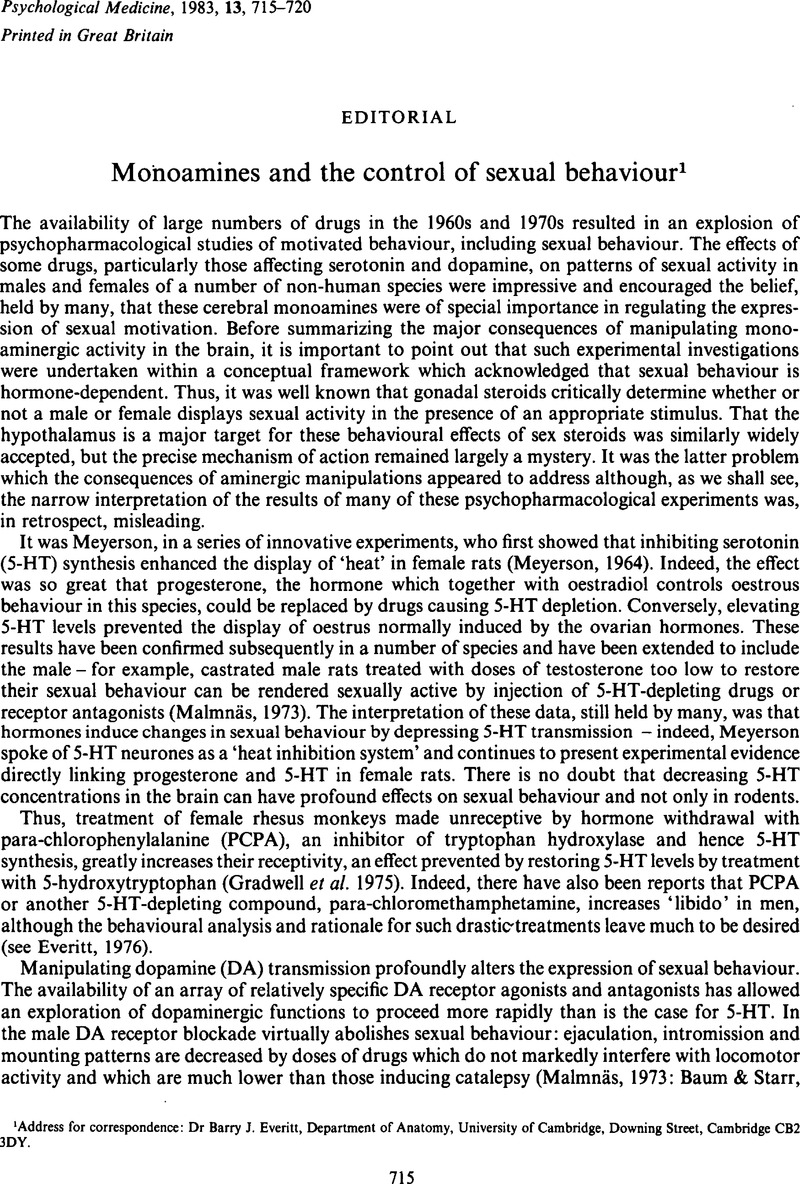Crossref Citations
This article has been cited by the following publications. This list is generated based on data provided by Crossref.
Miller, B L
Cummings, J L
McIntyre, H
Ebers, G
and
Grode, M
1986.
Hypersexuality or altered sexual preference following brain injury..
Journal of Neurology, Neurosurgery & Psychiatry,
Vol. 49,
Issue. 8,
p.
867.
Dumughn, Catherine
and
Sugarman, Philip
1994.
Huntington's disease presenting with sexual offences: Four cases.
The Journal of Forensic Psychiatry,
Vol. 5,
Issue. 1,
p.
184.
Lösel, Friedrich
1998.
Psychopathy: Theory, Research and Implications for Society.
p.
303.
KAFKA, MARTIN P.
2003.
The Monoamine Hypothesis for the Pathophysiology of Paraphilic Disorders: An Update.
Annals of the New York Academy of Sciences,
Vol. 989,
Issue. 1,
p.
86.
Strauman, Timothy J.
and
Wilson, Wilkie A.
2010.
Handbook of Personality and Self‐Regulation.
p.
447.



